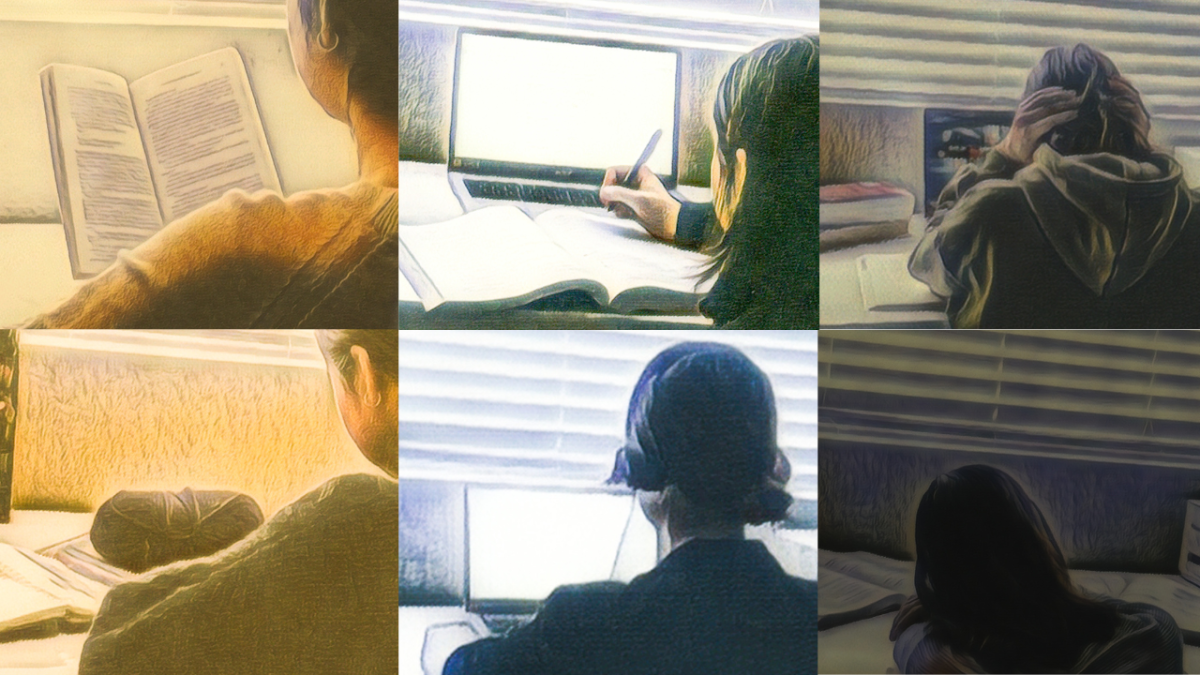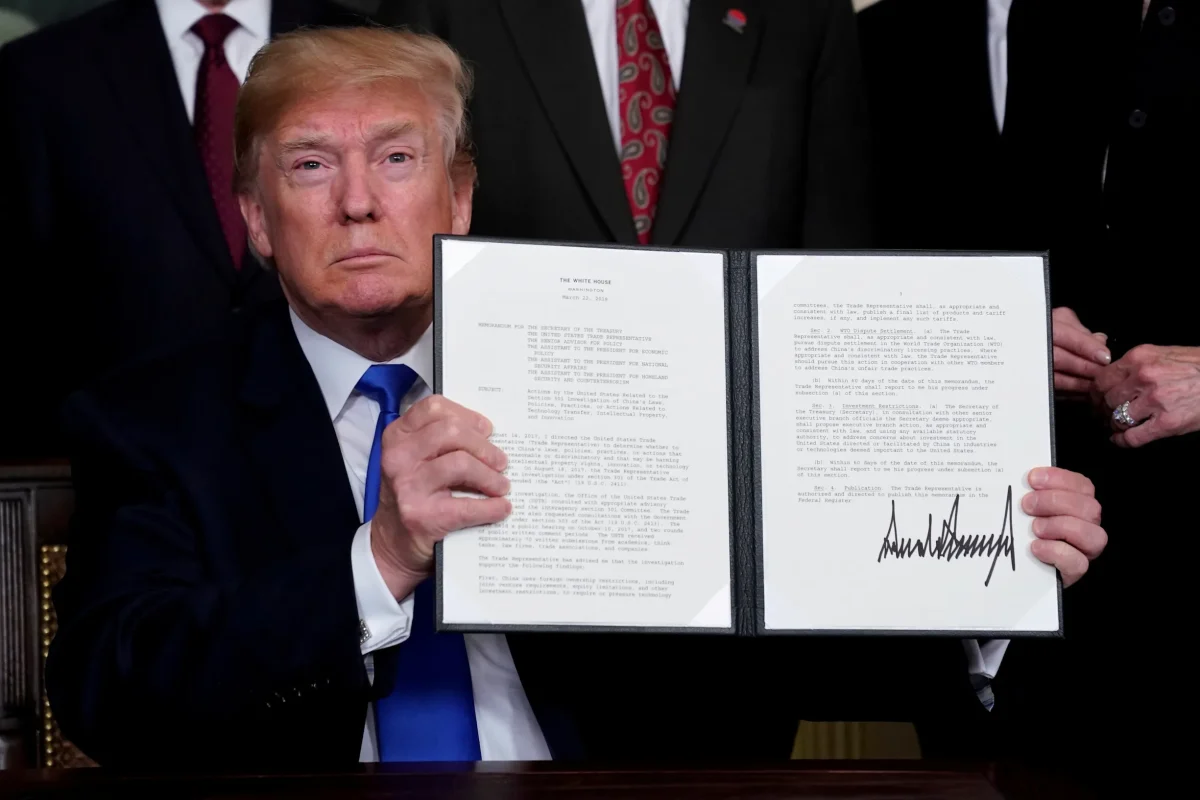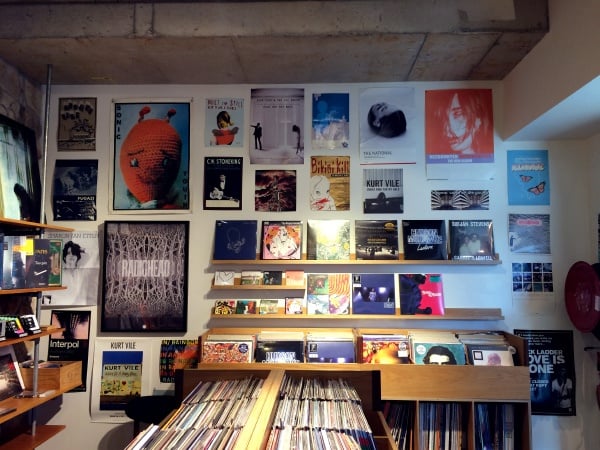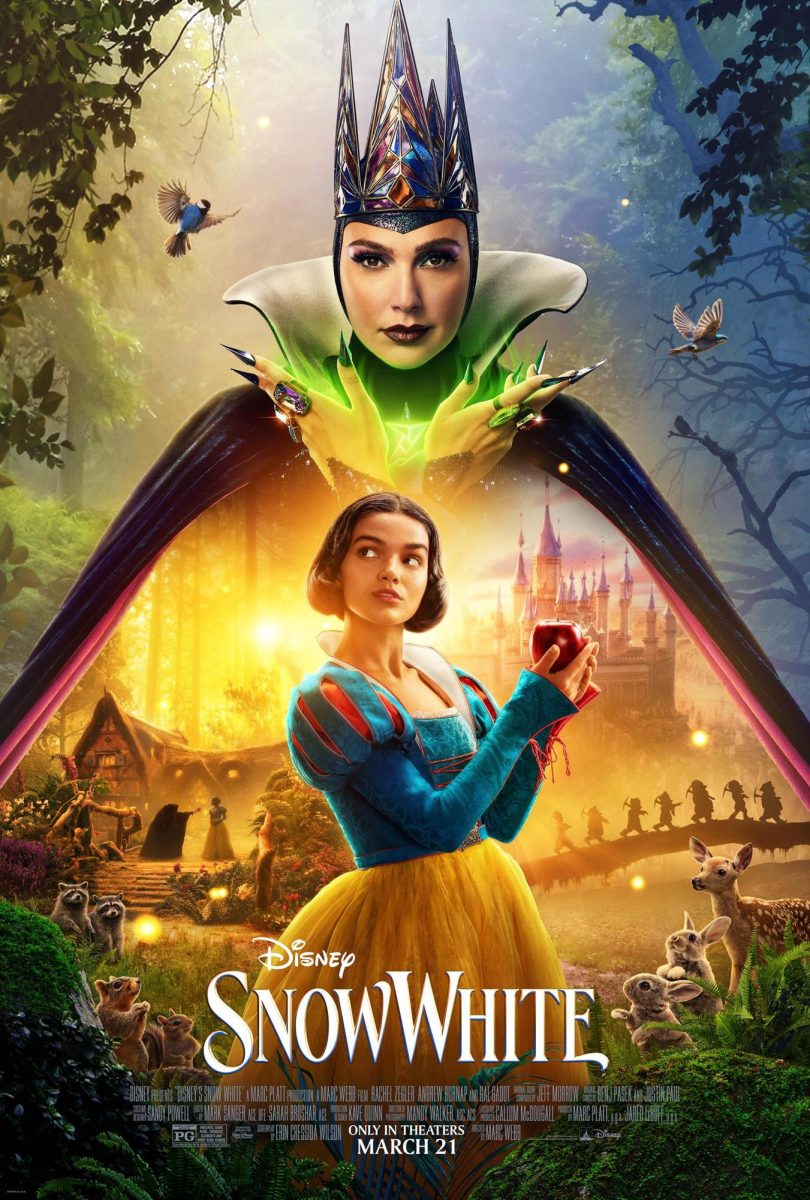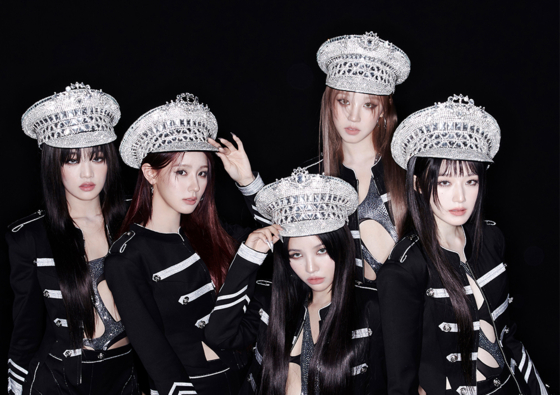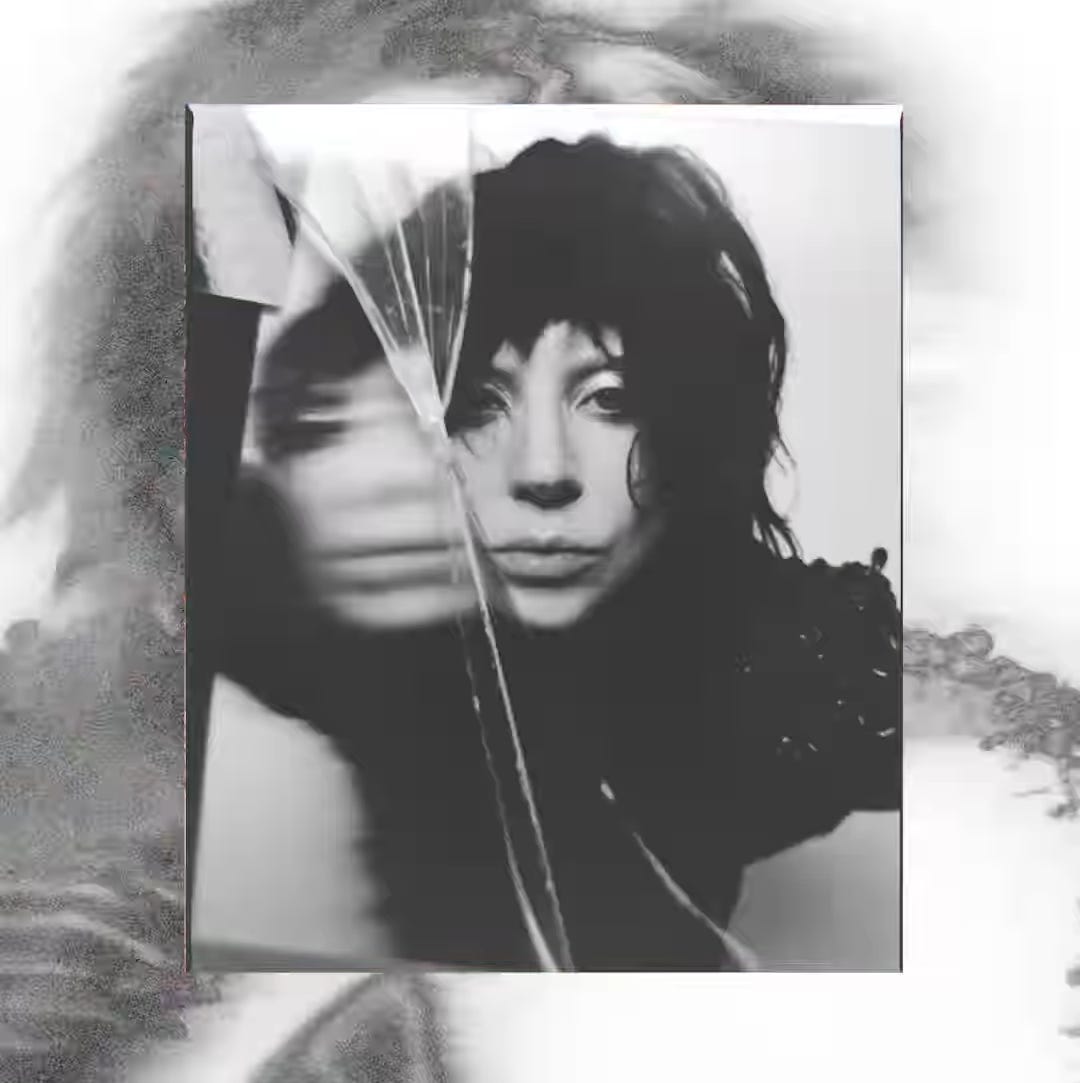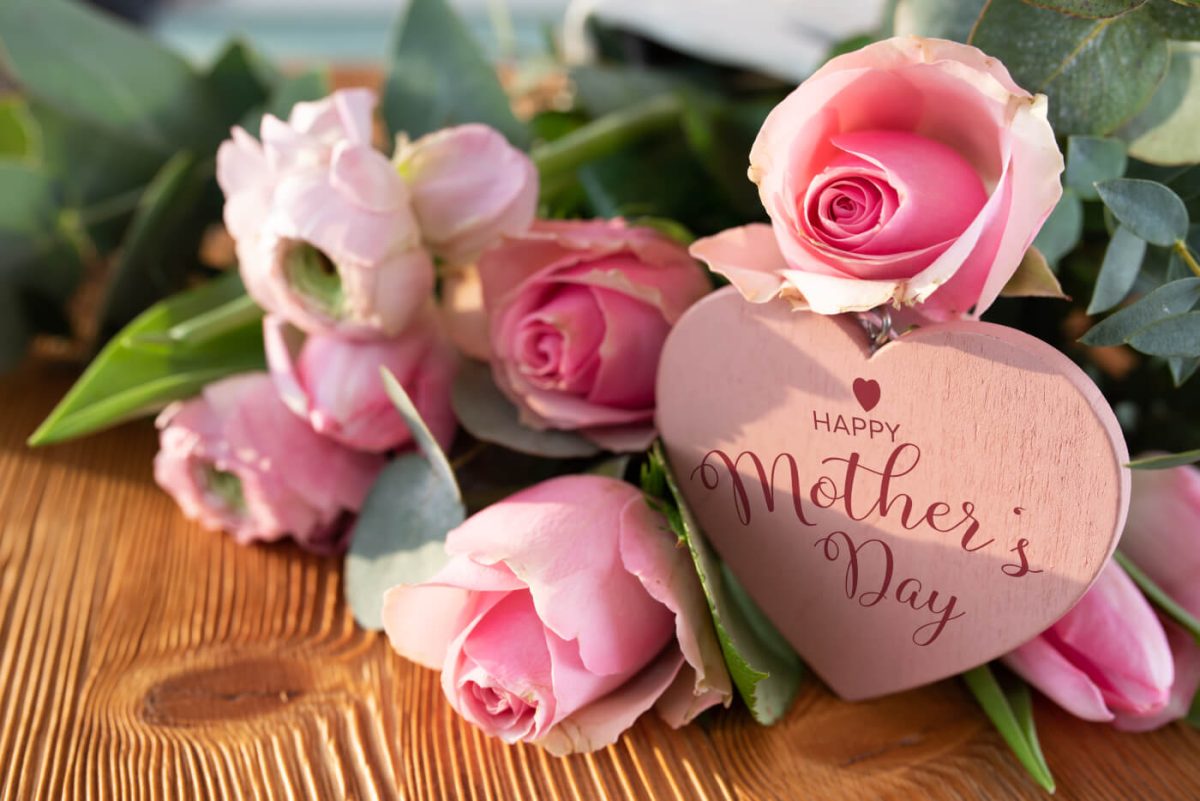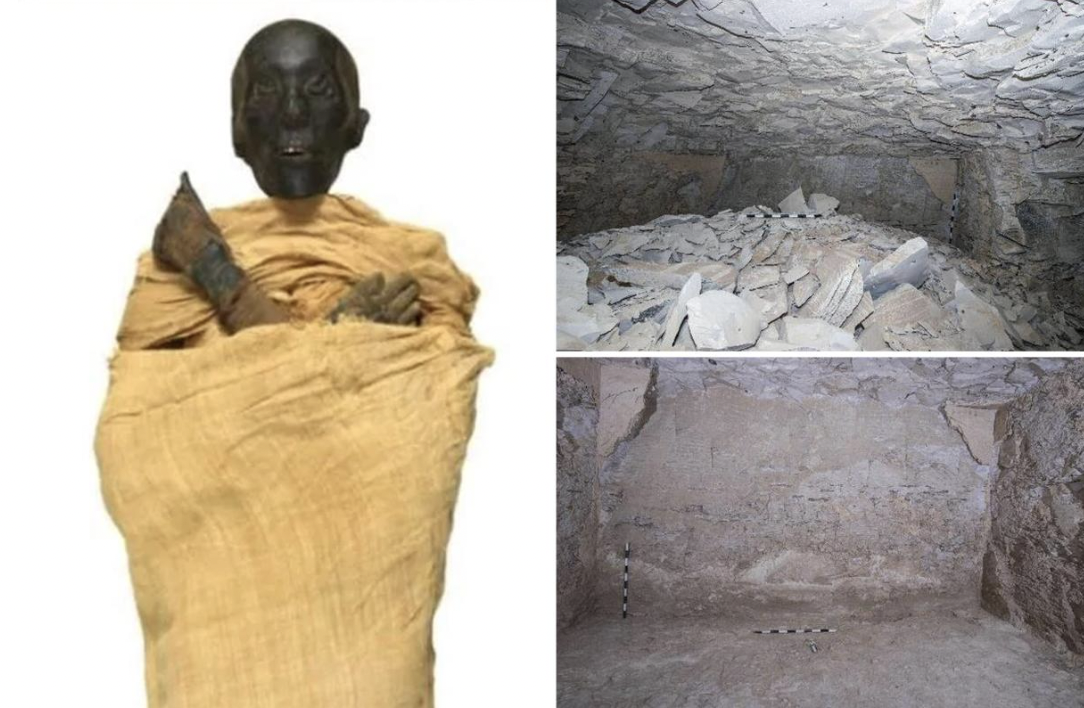For many centuries, Egyptian mummies have fascinated historians, archeologists, and the general public. The mummification process was a tricky and sacred practice designed to preserve bodies for the afterlife. Ancient Egyptians believed conserving the body was essential for the soul’s journey. This gruesome process involved removing internal organs, like taking out the brain with a hook through the nose. As well as drying the body with different salts and wrapping it in linen before placing it in golden-wrapped coffins. Over thousands of years, these methods were refined, which led to the remarkably preserved remains that continue to captivate researchers today! Mummies are more than historical artifacts; they serve as a direct link to ancient civilizations. YLHS student Rupal Tyagi (11) states, “The way mummies are mummified was disgusting, but at the same time, it’s neat to see how Egyptians even thought to do things like that.”
On February 18, 2025, archaeologists announced a groundbreaking discovery: the tomb of the one and only Pharaoh Thutmose II near Luxor, Egypt. Pharaoh Thutmose II reigned for about 13 years (1493-1479 BC). He is most known for helping establish ancient Egypt’s New Kingdom after a dreadful period of crisis and instability. However, that is the most we know about him since his father and half-brother overshadowed him. This significant find marks the first unearthing of a pharaoh’s tomb since King Tutankhamun’s in 1922. A joint Egyptian-British team identified the tomb by its unique features, including a blue ceiling adorned with yellow stars and alabaster fragments inscribed with his name. Although the tomb looked completely ruined and emptied due to flooding, it provided insights into how Egyptians practiced the burial process of Egypt’s 18th Dynasty and the style of royal burials.
The practice of mummification was not merely about preservation; it was deeply tied to mythology and the Egyptians’ strong belief in the afterlife. Egyptians did not see death as something to fear but rather as a transition into a new life. The said body would serve as a vessel for the soul’s journey through Duat or the underworld. Also, the body preservation was crucial to make sure the soul had a safe passage through Duat. The concept of deities overseeing the afterlife also aligns with beliefs found in other ancient cultures. Layla Radmard (11) states, “I have read a lot of Greek and Roman mythology. It was cool because there were so many different gods and goddesses, and it was amazing to see how other cultures will literally make different deities that are basically the same person.”

